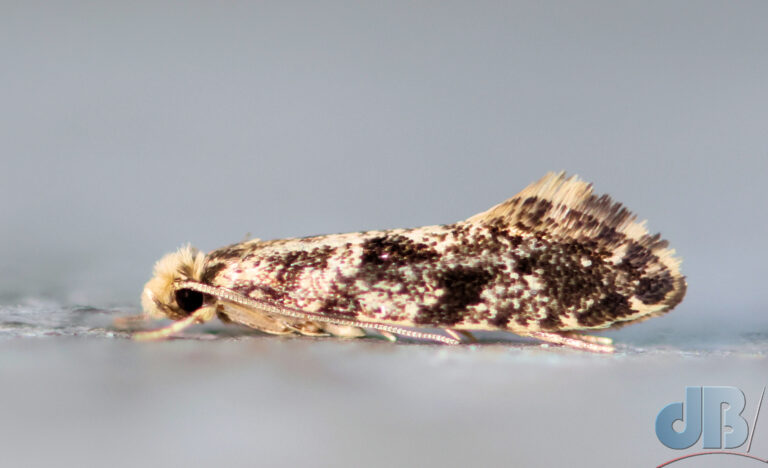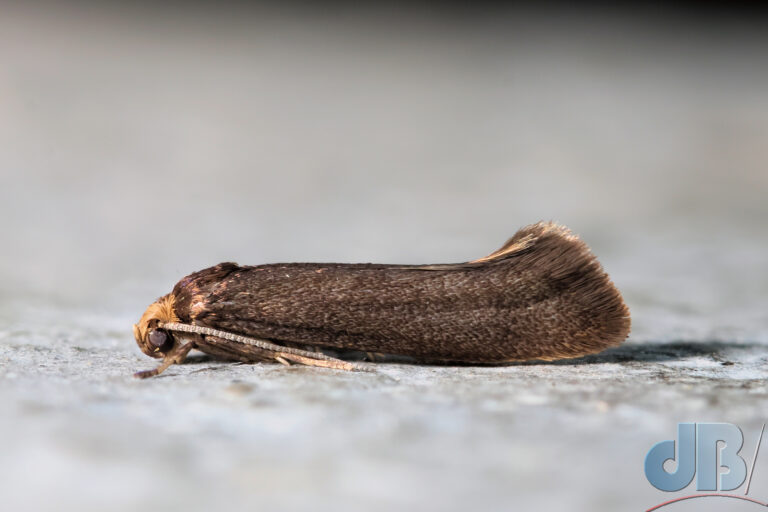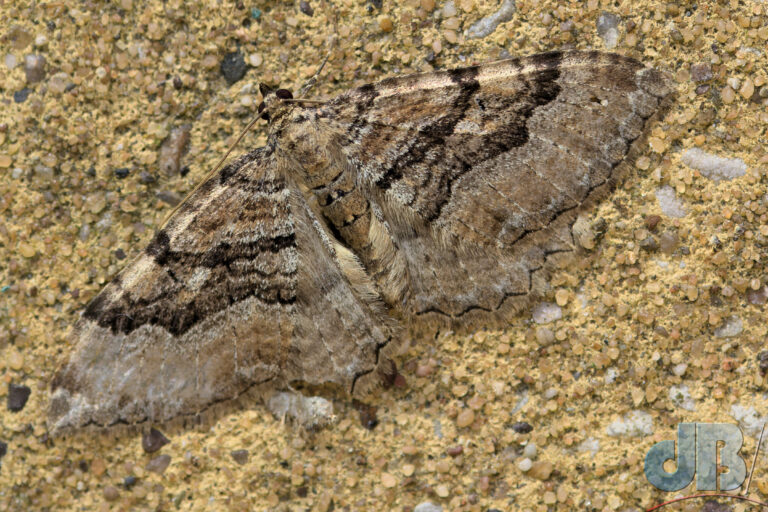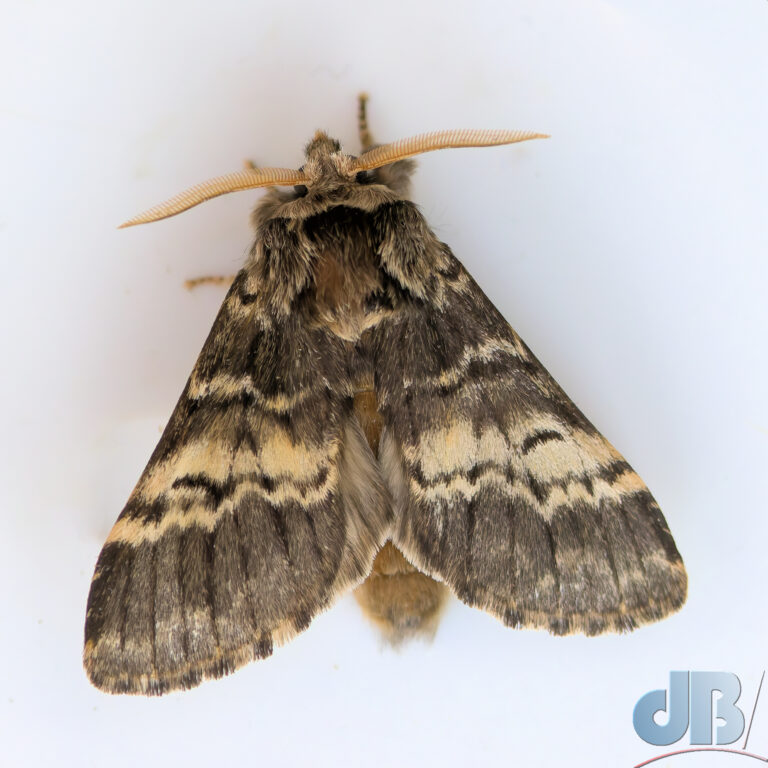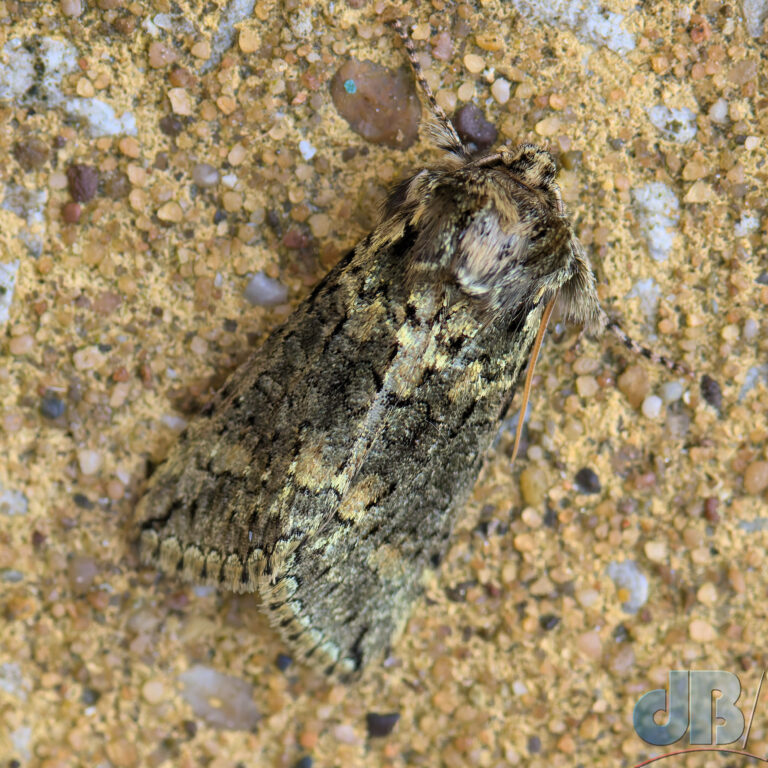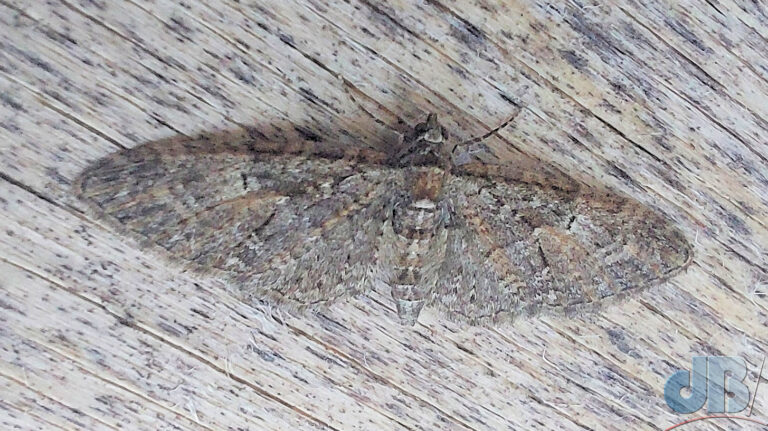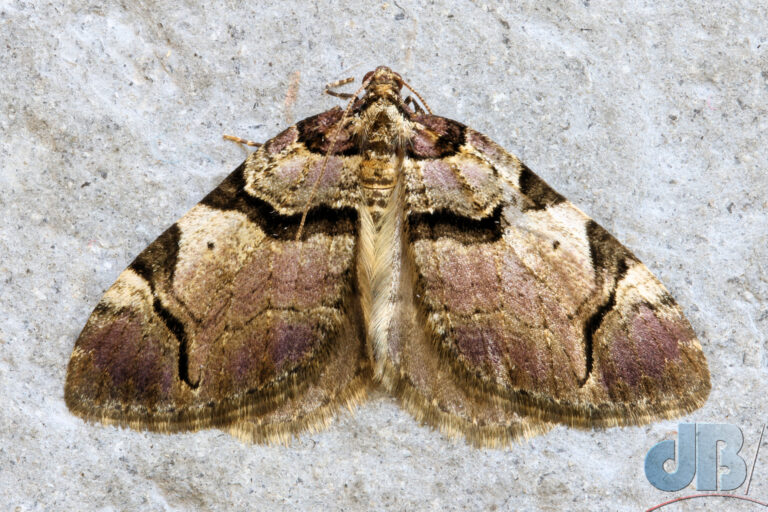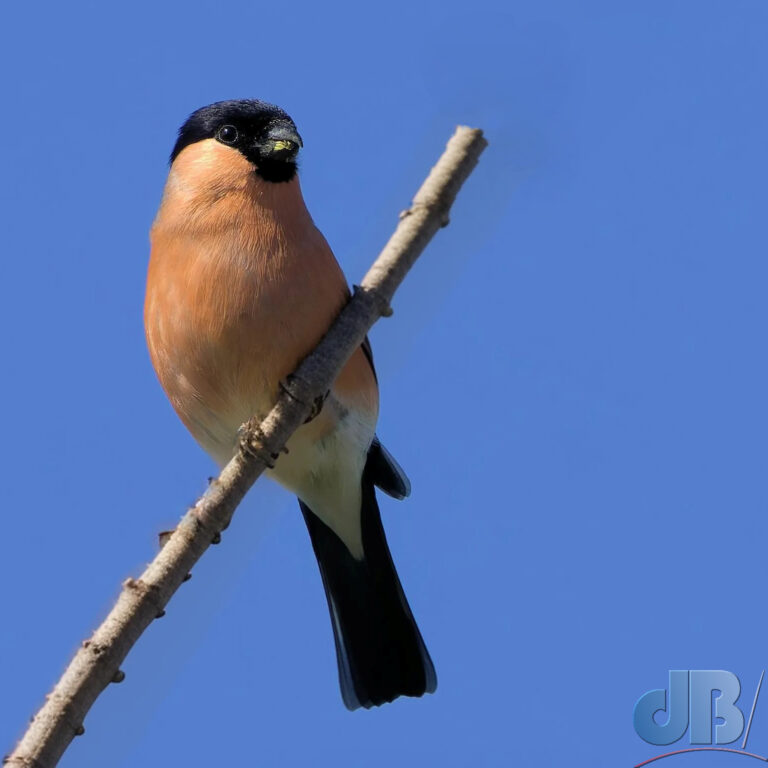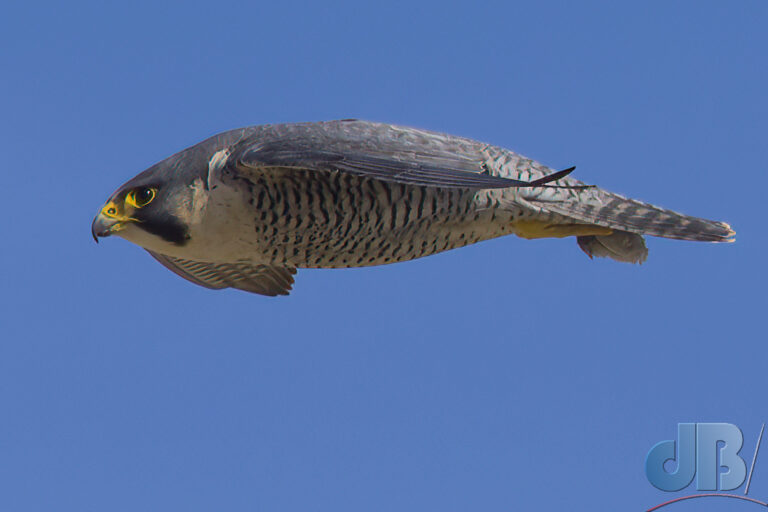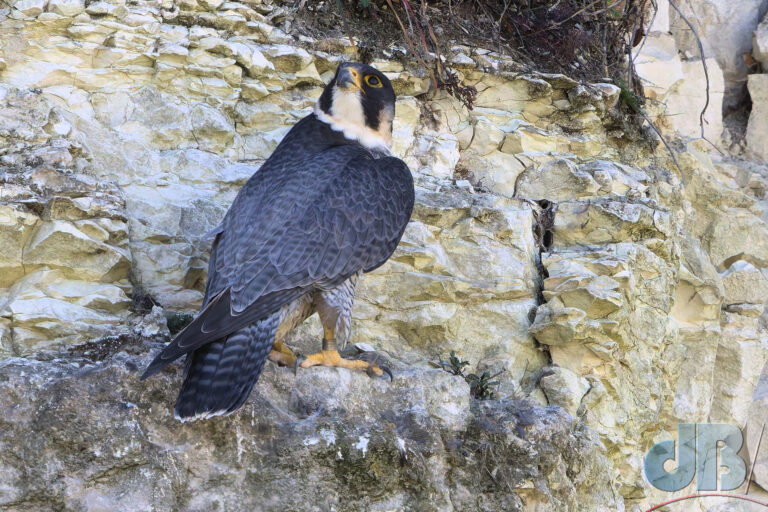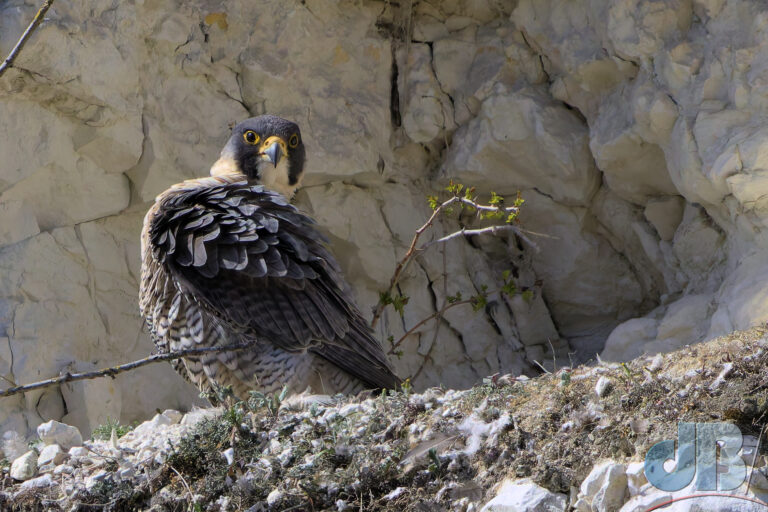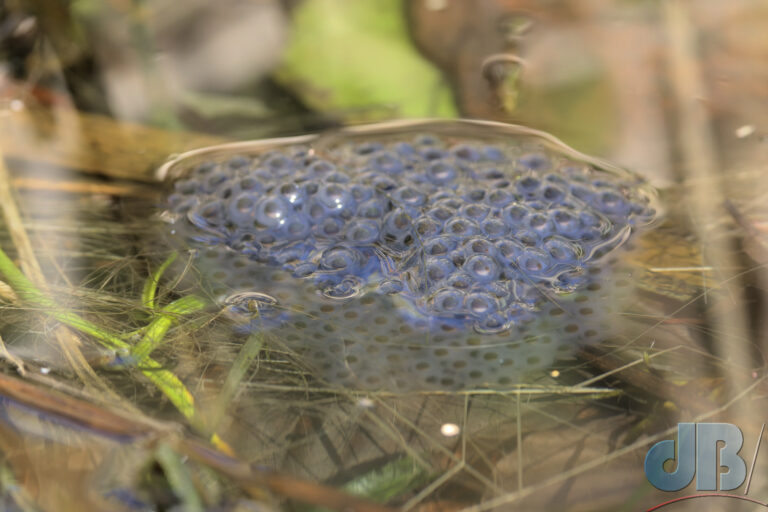The call of a cryptic Bittern hidden in a reedbed is one of the most evocative sounds of nature at this time of year. The sound is known as booming, but it’s more like the sound of someone blowing across the top of an empty drinks bottle. Earlier in the season, the frisky males started warming up with some guttural grunts, progressing to the full bottle when they sense the females might be receptive.
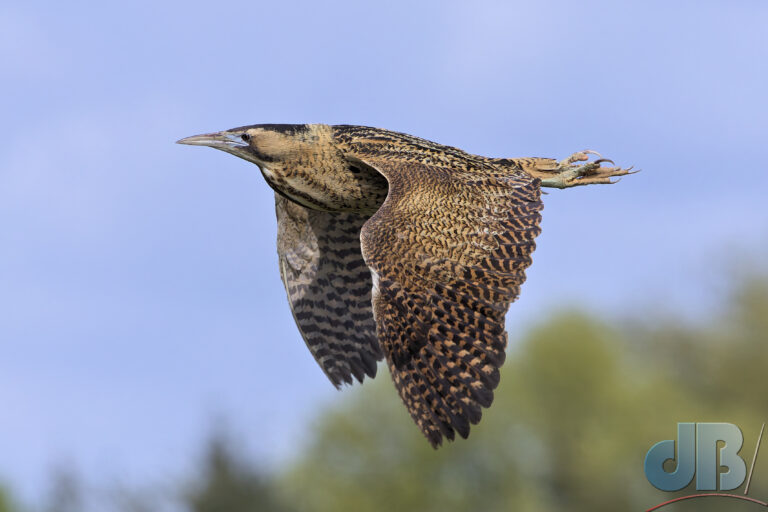
If you were out and about in the fens not twenty years ago, chances of hearing a booming Bittern were very low as the bird was all-but extinct in England. Habitat creation and other conservation efforts have led to a resurgence. So, most walks we take at this time of year among our fenland reserves, many of which are essentially repurposed and planted gravel pits, will reward us with a few booms and an occasional flypast.
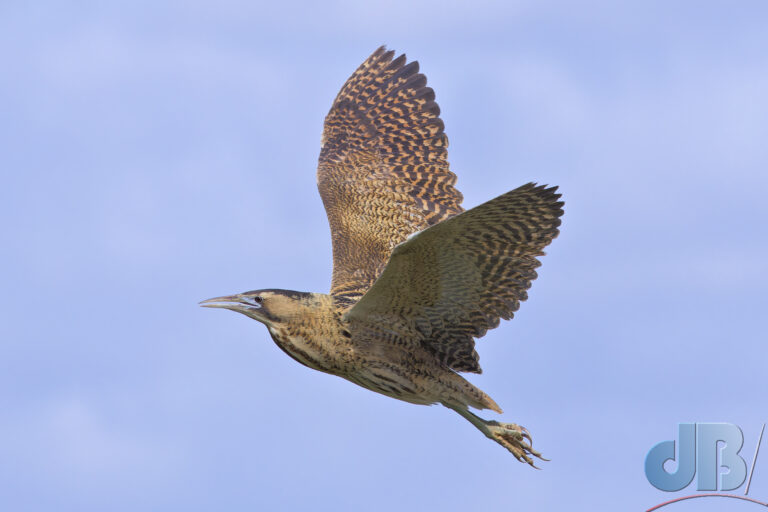
I was walking at RSPB Berry Fen this morning. I’d picked up a whole lot of different warblers – Chiff Chaff, Reed Warbler, Whitethroat, Lesser Whitethroat, Blackcap, and Garden Warbler [What’s a warbler, anyway? Ed.] and a few Great White Egret, Little Egret, and Grey Heron as well as the usual ducks, crows, gulls, and cormorants. I was at the most northerly part of the fen close to one of those repurposed gravel pits known as Barleycroft Lake (part of RSPB Ouse Fen) and just about to head into the lake area when a male Bittern, appeared, flying low from the lake area. You can tell it’s a male from the pale blue marking on the lores. In ornithology, the lore is the patch between eye and bill on the side of a bird’s head. It’s usually featherless and sometimes coloured, as is the case with male Bitterns.
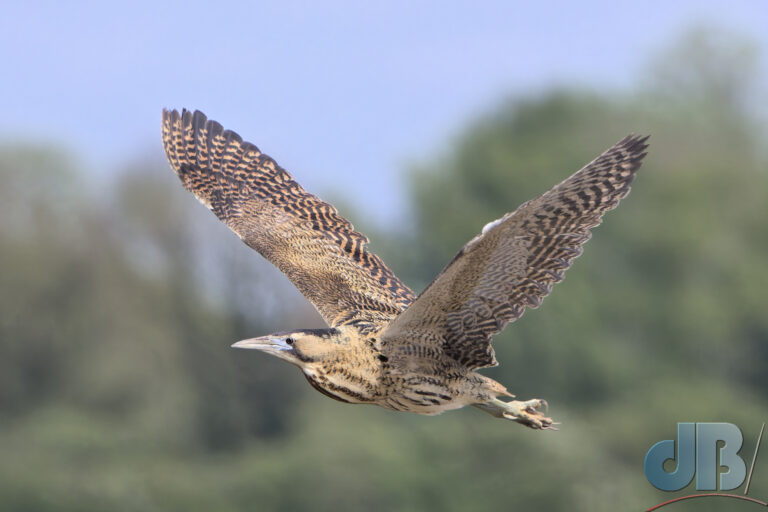
There are reeds on the edge of that lake, so presumably that’s this male’s usual patch, but it flew out over the dry edge of Berry Fen, sortied a rather brief reconnaissance flight, turned tail, presumably when it realised there was no reedy cover when it saw me and quickly, flew back into the lake area. Luckily, I had a few seconds of its U-turn to grab a few snapshots as it flew past silently. No sonic boom.
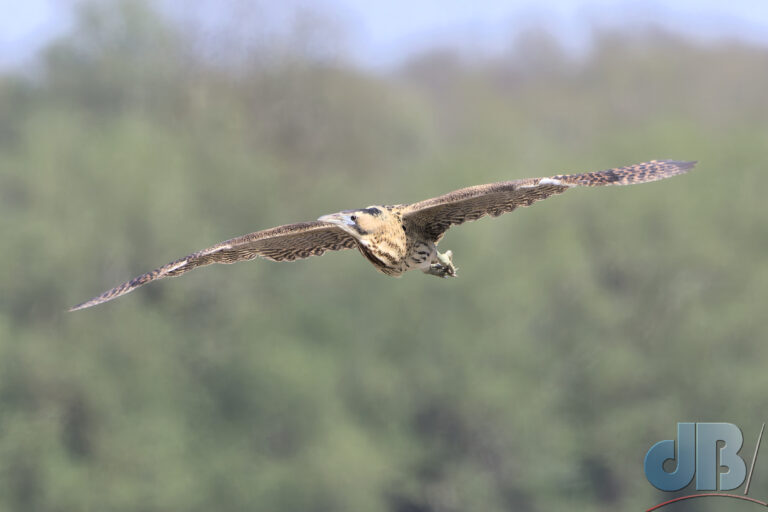
The bittern, Botaurus stellaris, is grouped with the herons, storks, and ibises, but obviously most closely resembles a heron than a stork or ibis.
